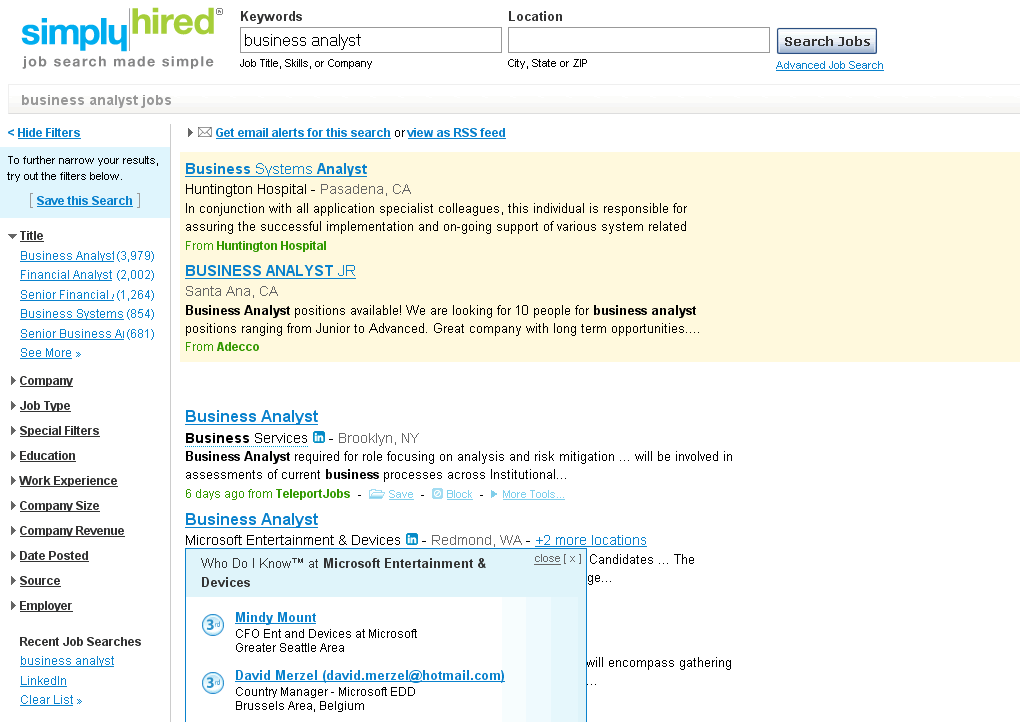 I was reading Seth Yate’s blog yesterday and noticed a few tweaks. One of them was the sidebar with a whole list of interesting bits of news and posts from other websites. This is a great way to boost your PageRank, seeing as Google loves you linking related content together. I started clicking a few links to find out how he actually pulled all the data together, and this is when I clicked “Recently Shared” and stumbled across his Pipe (you will need a Yahoo account to see it).
I was reading Seth Yate’s blog yesterday and noticed a few tweaks. One of them was the sidebar with a whole list of interesting bits of news and posts from other websites. This is a great way to boost your PageRank, seeing as Google loves you linking related content together. I started clicking a few links to find out how he actually pulled all the data together, and this is when I clicked “Recently Shared” and stumbled across his Pipe (you will need a Yahoo account to see it).
The basic idea of Yahoo Pipes is to pull together and mash up content. I would really suggest having a read of this guide to get a basic understanding of some of the possibilities. I have implemented it down the left hand column of this site, albeit after running the feed through Feedburner so I can assess it’s effectiveness.
The next step is to include the User Input element. I could pass the titles of my blog post into Pipes, which then searches Digg or some other blog indexer and gets the most relevant (and popular) articles? Who needs to add quality links into your blog posts when a well tweaked Pipe can do it for you? 🙂




